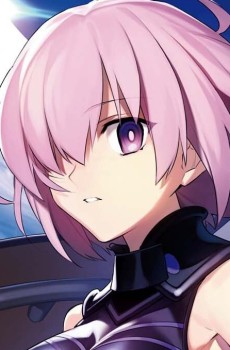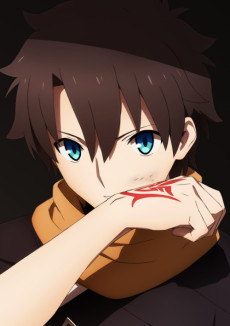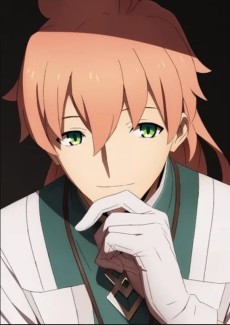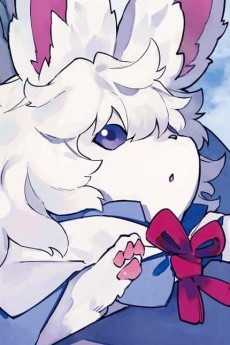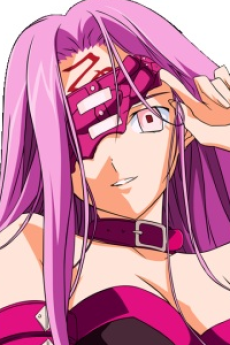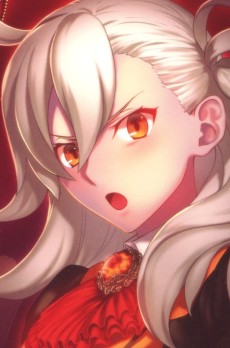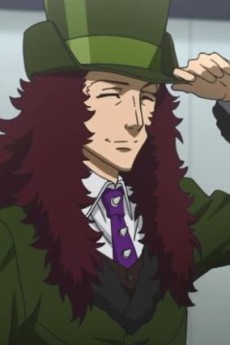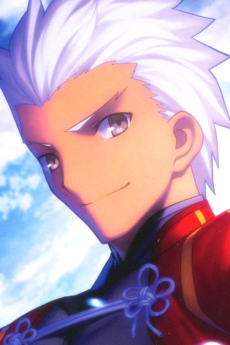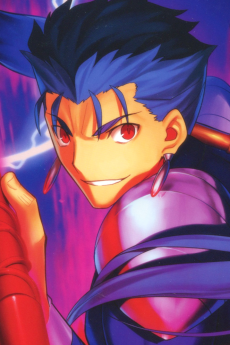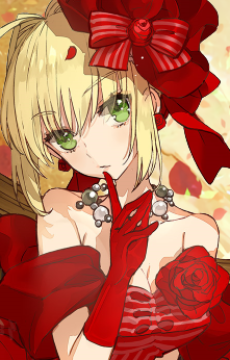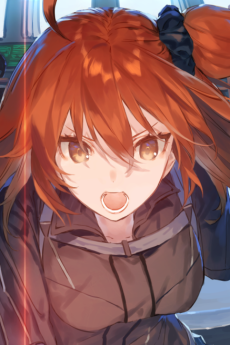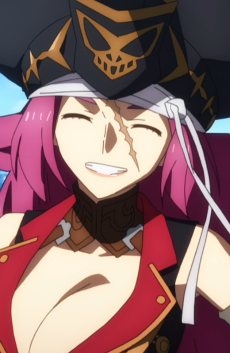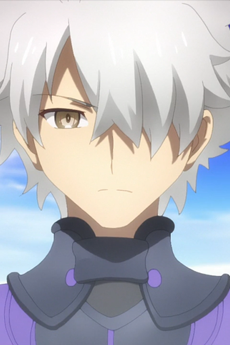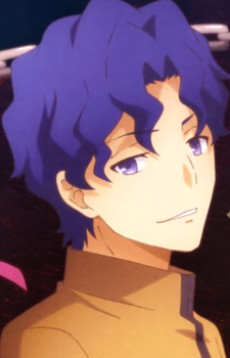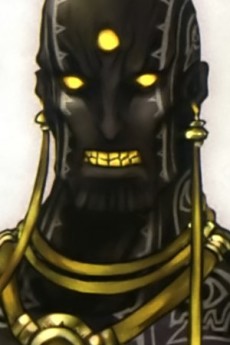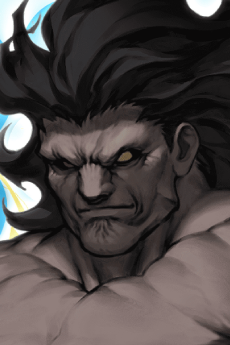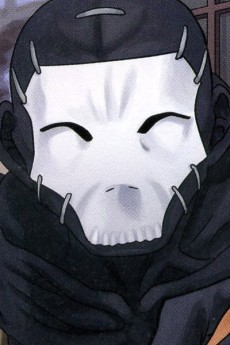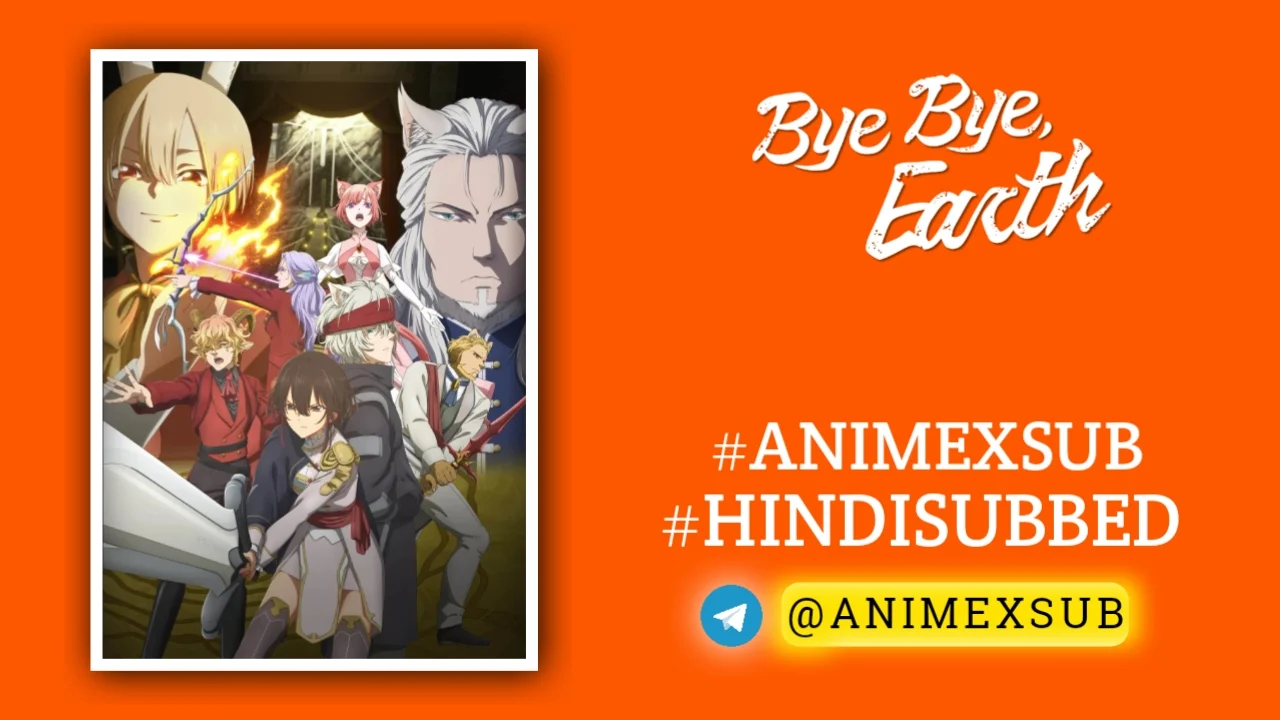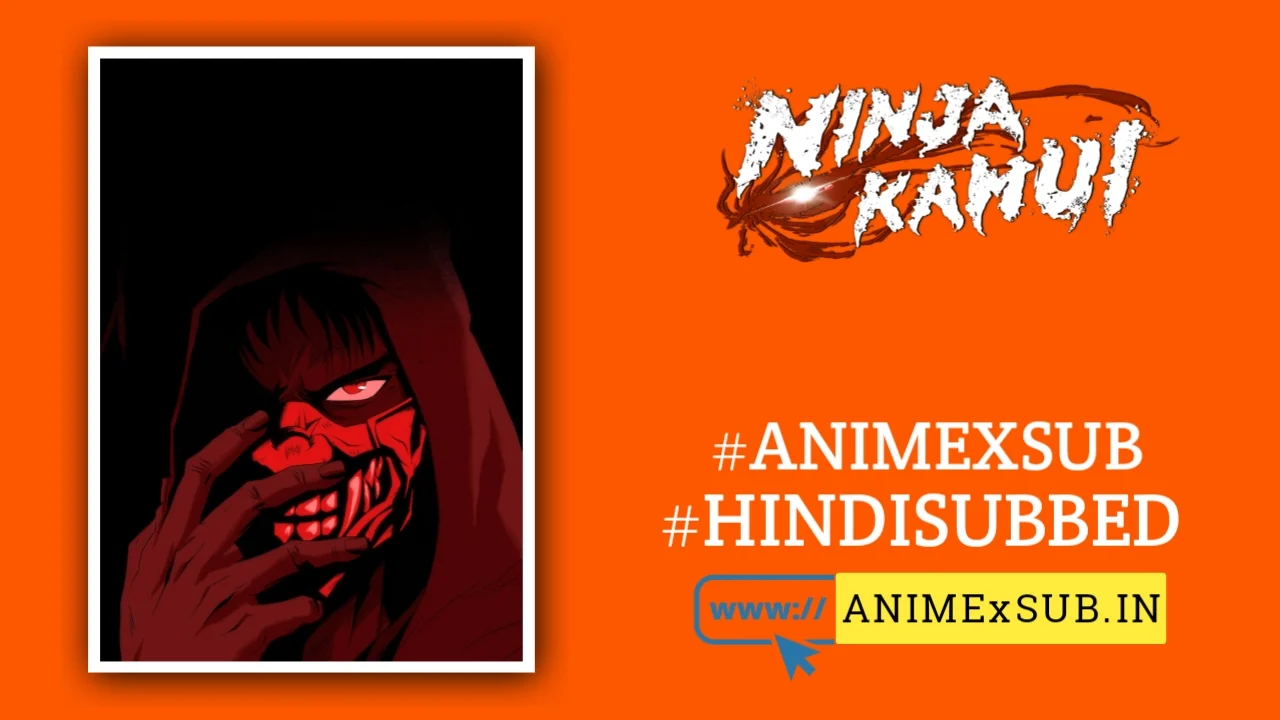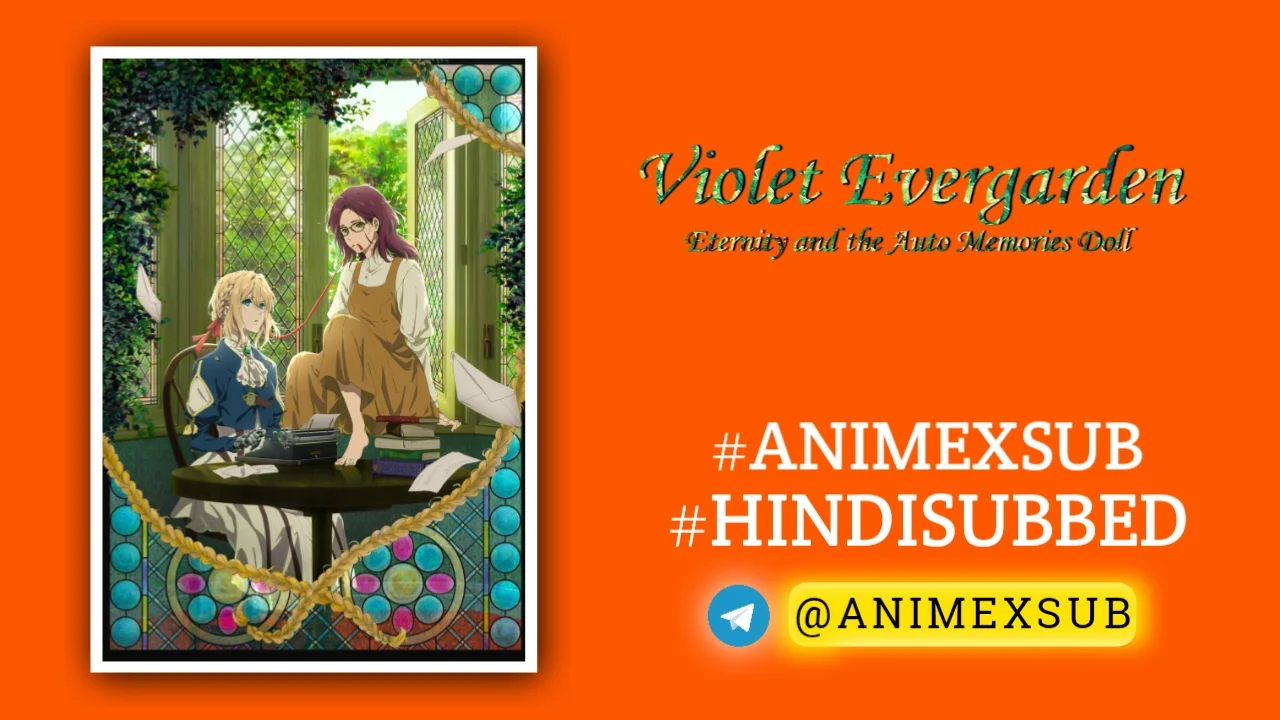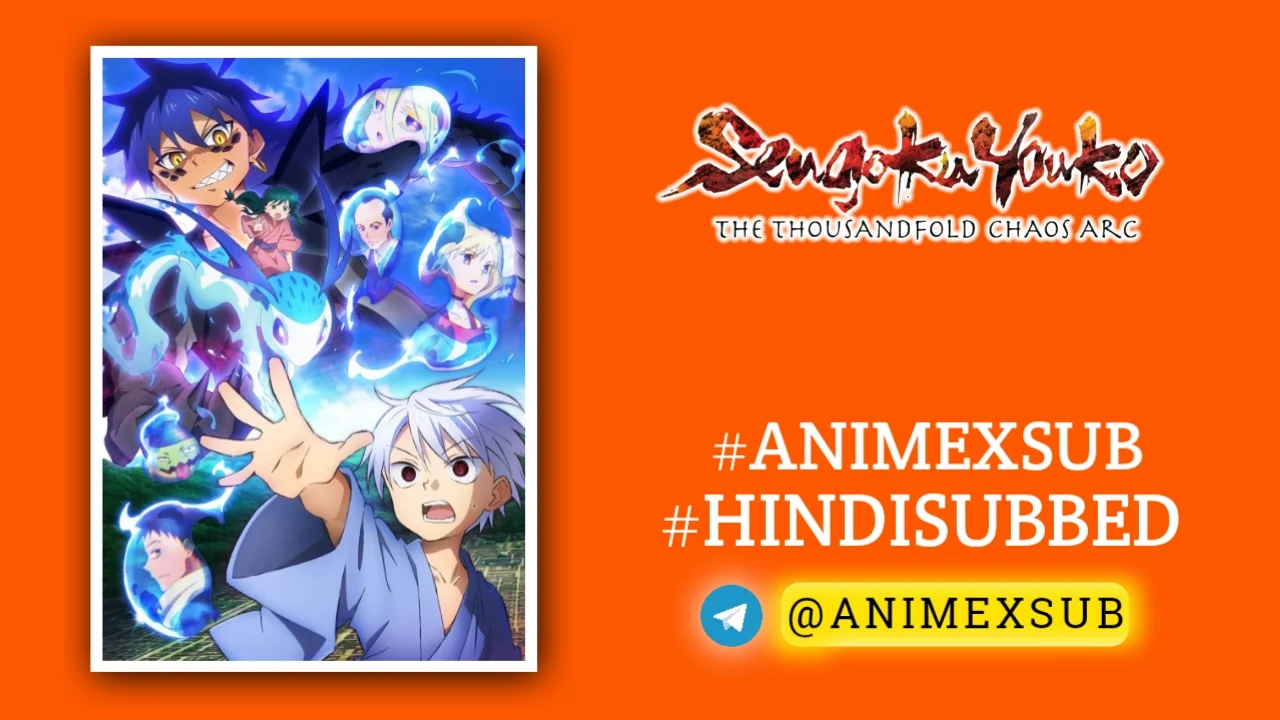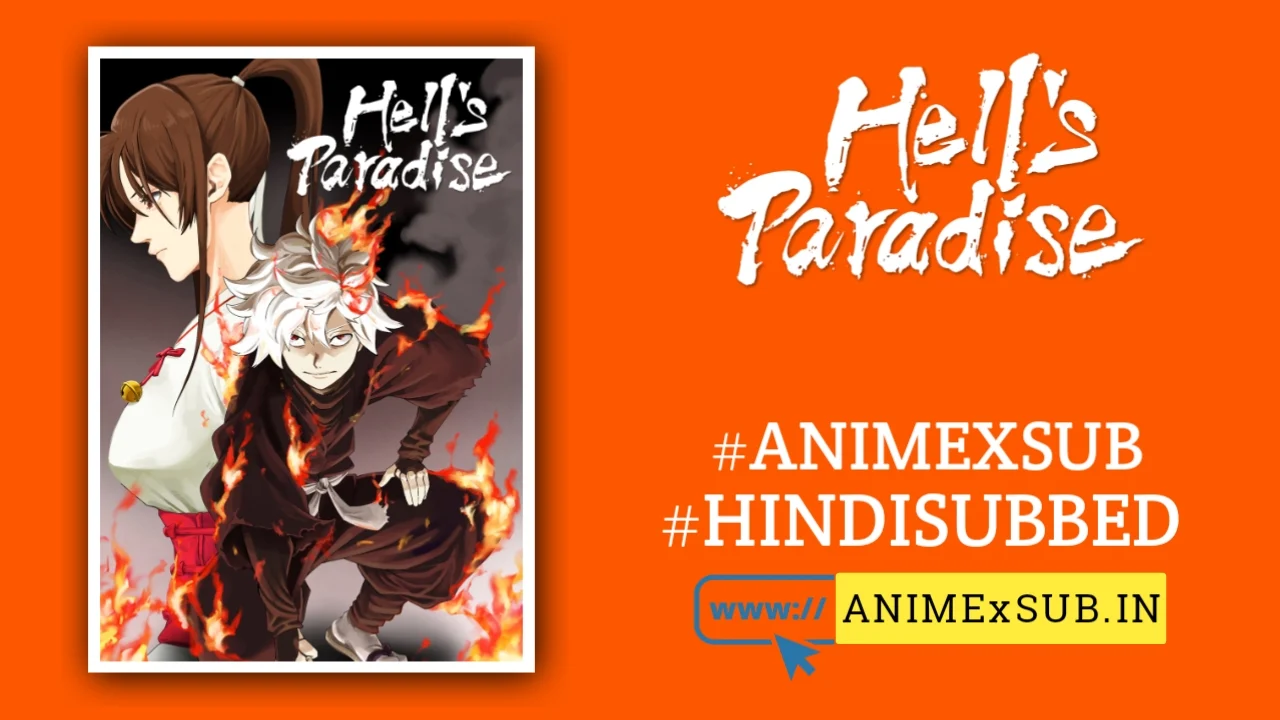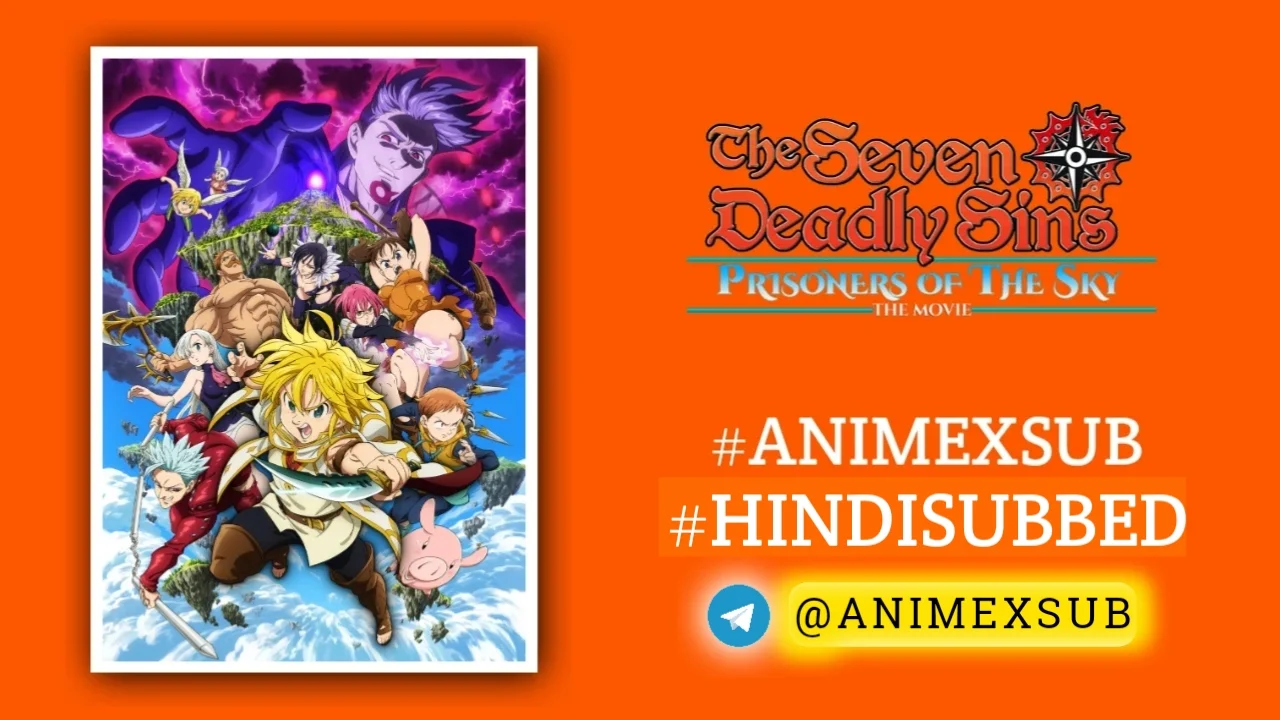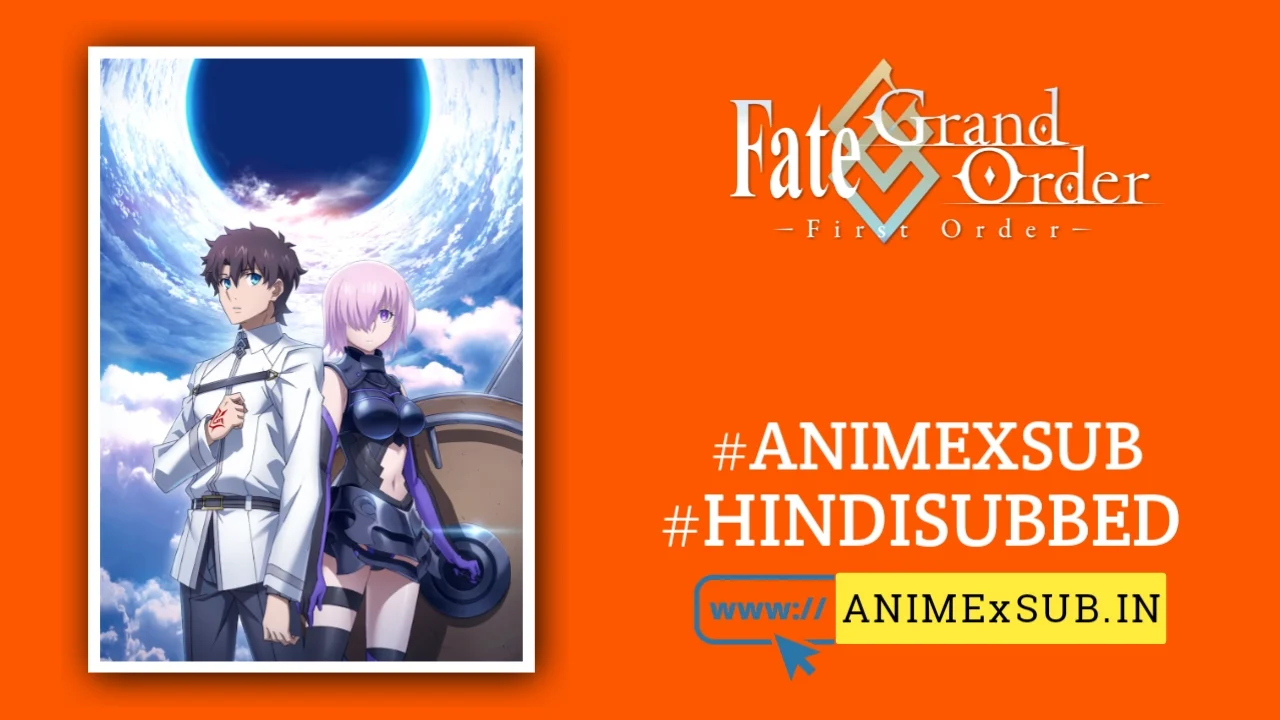
Fate/Grand Order: First Order Hindi Subbed | Fate/Grand Order -First Order- Hindi Sub
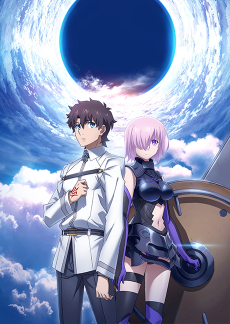
Fate/Grand Order: First Order
Fate/Grand Order: First OrderSynopsis
The story is set in the year 2015, during the final era over which magic still held sway. The humanity survival and security organization Chaldea was established to observe the world that can only be seen by magic and the world that can only be measured by science — as well as to prevent the final extinction of mankind. Thanks to the efforts of many researchers, the path of human history has been ensured for 100 years into the future. However, without warning, the realm of the future that was under constant observation by Chaldea vanished. The extinction of humanity in 2017 was observed — no, confirmed. The apparent cause of the extinction was in the Japanese city of Fuyuki in 2004. In that city, there was an "unobservable realm" which had never existed until now. Chaldea issued the Grand Order for a "Holy Grail Expedition," to investigate, uncover, and possibly destroy the singularity that apparently will cause the extinction of humanity. (Source: Anime News Network)
Watch Trailer
Characters
Fate/Grand Order The Movie – Divine Realm of the Round Table: Camelot (Wandering; Agateram & Paladin; Agateram) – A Critical Review
Overview
The Fate/Grand Order (FGO) movie duology, Divine Realm of the Round Table: Camelot – Wandering; Agateram (2020) and Paladin; Agateram (2021), adapts the sixth Singularity from the popular mobile game, a fan-favorite arc known for its emotional depth and moral complexity. Directed by Kei Suezawa (Part 1) and Kazuto Arai (Part 2), with scripts by TYPE-MOON’s Kinoku Nasu, these films attempt to condense a sprawling, dialogue-heavy game chapter into roughly three hours of animation. This review explores the duology’s strengths, flaws, and unique contributions to the Fate franchise, focusing on its narrative, visuals, and adaptation choices without promotional bias.
Narrative: A Trolley Problem in a Mythic Sandbox
The Camelot Singularity follows Ritsuka Fujimaru and Mash Kyrielight, agents of the Chaldea Security Organization, as they navigate a distorted 13th-century Jerusalem ruled by a tyrannical Lion King (a gender-bent King Arthur) and her Knights of the Round Table. The story is a moral quagmire, pitting ideals of justice, sacrifice, and redemption against each other. Bedivere, a guilt-ridden knight seeking atonement, anchors the emotional core, while characters like Ozymandias, Nitocris, and the Hassan assassins add layers of intrigue.
Wandering; Agateram sets the stage, introducing the oppressive Holy Selection ritual and Fujimaru’s alliance with desert rebels. It struggles with pacing, rushing through key events while lingering on less impactful dialogue, leaving newcomers disoriented and fans wanting more context. The film’s abrupt scene transitions—jumping from intense battles to quiet desert treks—disrupt emotional investment. For example, the fight against Gawain is visually striking but feels truncated, lacking the game’s tactical depth.
Paladin; Agateram improves significantly, delivering a more cohesive climax. The second film dives deeper into Bedivere’s tragic arc and the Lion King’s motivations, culminating in a heart-wrenching confrontation. However, it still skips crucial game content, such as the roles of Hassan of the Hundred Faces and Tawara Touta, which dilutes the ensemble dynamic fans expect. The narrative shines when exploring Bedivere’s guilt through unique canvas-style flashbacks, a creative departure from typical anime tropes that adds a haunting, painterly quality to his memories.
Visuals and Animation: A Mixed Bag of Spectacle
Production I.G. (Part 2) and its subsidiary Signal.MD (Part 1) deliver distinct visual experiences. Wandering; Agateram suffers from inconsistent animation quality, with some fight scenes—like Arash’s Noble Phantasm, Stella—feeling anticlimactic due to poor musical cues and rushed execution. The cinema laughter during Arash’s sacrifice, as noted by reviewers, underscores a tonal misstep. Paladin; Agateram elevates the visuals, with fluid combat sequences (notably Mash vs. Lancelot) and a more polished aesthetic, though it still falls short of Fate/Stay Night: Heaven’s Feel’s cinematic grandeur. The art style, while vibrant, occasionally deviates from Production I.G.’s signature look, with characters like Ozymandias appearing “off” to some fans.
Sound and Voice Acting: A Saving Grace
The voice acting is a highlight, with veterans like Nobunaga Shimazaki (Arash) and Miyuki Sawashiro (Lion King) delivering powerful performances. Ozymandias’ grandiose lines, voiced by Takehito Koyasu, echo his game persona perfectly, adding gravitas. However, the soundtrack’s timing often undermines emotional beats, particularly in Wandering; Agateram, where sad music clashes with epic moments. Paladin; Agateram better aligns its score, enhancing key scenes like Bedivere’s final stand.
Adaptation Challenges: A Game Too Big for the Screen
Adapting Camelot’s dense narrative into two films was ambitious but flawed. The game’s strength lies in its slow-burn character interactions and moral dilemmas, which the movies struggle to capture due to time constraints. Omissions, like the absence of Hundred Faces and Touta, frustrate fans, while added anime-only scenes (e.g., a bath scene with Mash and Nitocris) feel like pandering fanservice. Newcomers may find the lack of backstory—FGO’s premise of Singularities and Servants is barely explained—alienating, unlike Babylonia’s more accessible approach.
Unique Contributions and Missed Opportunities
The duology’s standout feature is its exploration of Bedivere’s psyche, using innovative visual storytelling to depict his guilt and loyalty. This sets it apart from other Fate adaptations, which often prioritize action over character depth. However, the films fail to fully capitalize on Camelot’s moral complexity, reducing the “trolley problem” of sacrificing the few for the many to a checklist of plot points. The second film’s improved pacing and animation suggest what could have been, but the duology as a whole feels like a missed opportunity to match the game’s emotional weight.
Final Thoughts
Fate/Grand Order: Camelot is a flawed but earnest adaptation that struggles to balance fan expectations with cinematic constraints. Wandering; Agateram stumbles with pacing and uneven animation, while Paladin; Agateram redeems the duology with stronger visuals and emotional payoff. It’s a must-watch for FGO fans for its voice acting and Bedivere’s arc, but newcomers may feel lost, and veterans may lament cut content. The films are neither the franchise’s best nor worst, sitting in a middle ground of unrealized potential.
Support Our Anime Community!
Love watching the latest anime? Help us keep uploading new episodes by join telegram channel ❤️
Join Now!